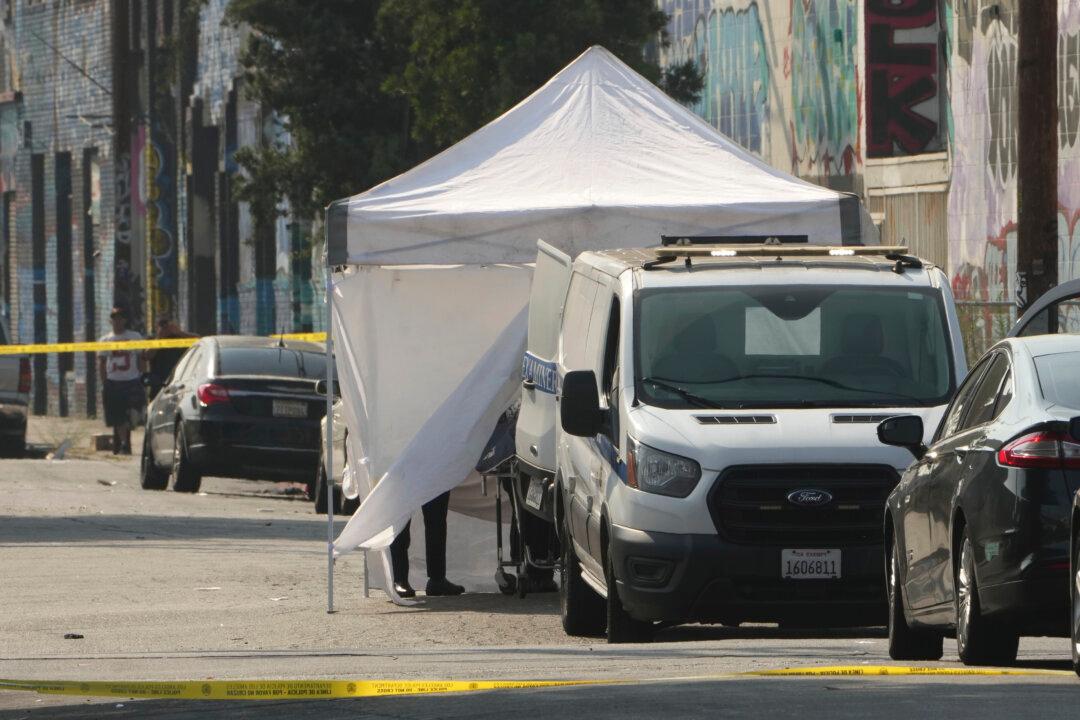SEOUL, South Korea—North Korea on Tuesday fired a barrage of artillery rounds into waters near rival South Korea for the second consecutive day in a tit-for-tat for ongoing U.S.–South Korea live-fire drills in an inland border region.
South Korea’s Joint Chiefs of Staff said it detected North Korea firing around 90 artillery rounds from the eastern coastal town of Kosong around 10 a.m. and another 10 rounds from the nearby town of Kumkang around 6 p.m.





